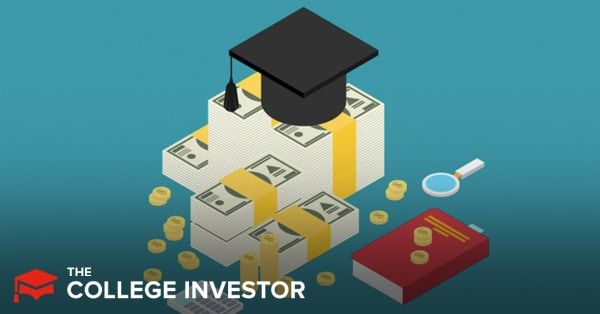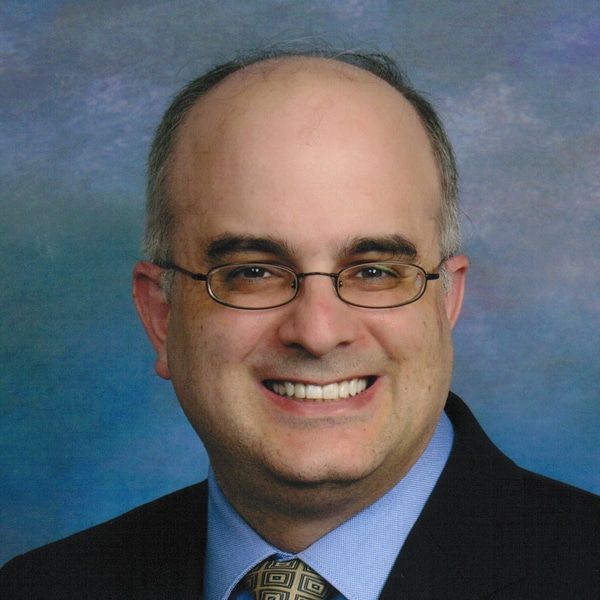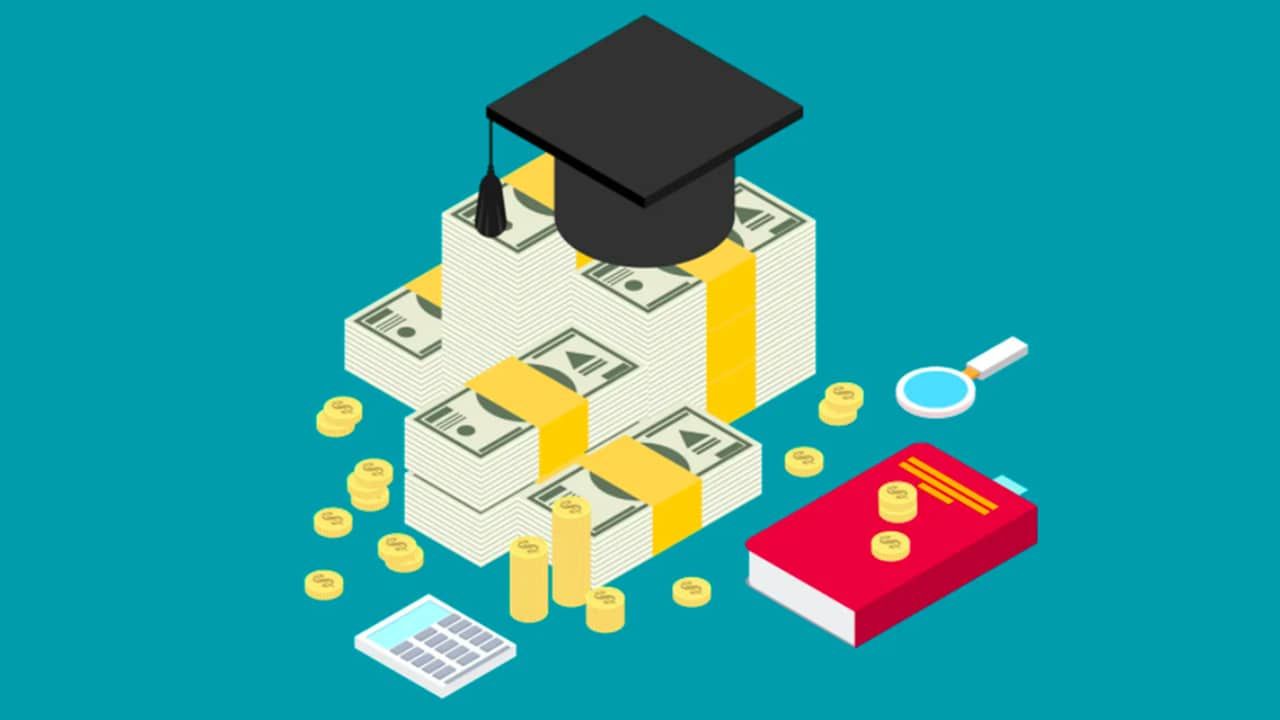
The Biden Administration recently announced $5.8 billion in student loan forgiveness for 323,000 disabled borrowers. This forgiveness is automatic, without requiring an application for forgiveness by the borrower.
Automatic student loan forgiveness certainly sounds like a great deal for those who receive the cancellation. But is it legal for the government to forgive or discharge debt without first receiving a request from borrowers or any documentation? And could automatic student loan discharge lead to an unexpected tax bill for forgiven borrowers.
We answer both of those key questions below. We'll also discuss how recent regulatory changes could lead to more automatic student loan cancellation in the future.
Recent Student Loan Forgiveness Actions
Since January 2021, President Biden and U.S. Secretary of Education Miguel Cardona have taken several steps to provide targeted financial relief to federal student loan borrowers.
The Biden Administration has forgiven more than $66.9 billion in federal student loans to more than 2.25 million borrowers and provided interest waivers to millions more.
Here are some of the programs:
Date | Type Of Student Loan Forgiveness | Total Amount Of Forgiveness | Number Of Affected Borrowers |
|---|---|---|---|
8/26/2021 | $1.1 Billion | 115,000 | |
8/20/2021 | 47,000 | ||
8/19/2021 | $5.8 Billion | 323,000 | |
8/6/2021 | 37 million | ||
6/16/2021 | $1.5 Billion | 92,000 | |
3/30/2021 | 1 million | ||
3/29/2021 | $1.3 Billion | 41,000 | |
3/18/2021 | $1 Billion | 72,000 | |
3/11/2021 | American Rescue Plan Of 2021 (P.L. 117-2) Makes Student Loan Forgiveness Tax-Free Through 2025 | ||
1/21/2021 | 36 million |
Which Of These Government Forgiveness Programs Were Automatic?
Several of these programs provided automatic student loan forgiveness. This includes the:
- Disability discharges: They were automatic through a data match with the Social Security Administration (SSA). There are certain Social Security disability statuses that are the equivalent of the criteria for a TPD discharge. The U.S. Department of Education had previously implemented automatic disability discharges for disabled veterans through a data match with the Veterans Administration (VA).
- Interest waiver for current and former active-duty servicemembers: This is automatic through a data match with the U.S. Department of Defense (DOD).
- Payment pause and interest waiver: This is automatic and provided to borrowers with federal student loans held by the U.S. Department of Education. The payment pause indirectly provides student loan forgiveness. The paused payments count toward the 120-payment count requirement for Public Service Loan Forgiveness. They also count towards the 240- or 300-payment count requirements for forgiveness after 20 or 25 years in an income-driven repayment (IDR) plan.
The U.S. Department of Education has also announced the formation of a negotiated rule-making committee to consider regulatory changes concerning targeted discharge and forgiveness authorities. Committee meetings will be held in October, November and December 2021.
Are Colleges Automatically Forgiving Student Loans Too?
Yes, several colleges have used Higher Education Emergency Relief Fund (HEERF) money to forgive unpaid balances. This includes several Historically Black Colleges and Universities (HBCU), such as:
- Delaware State University
- Fayetteville State University
- Fort Valley State University
- Philander Smith College
- Shaw University
- Wilberforce University.
Other colleges providing financial relief to their graduating classes include:
- Compton Community College
- CUNY
- Georgia Southwestern University
- Lansing Community College
- Quinsigamond Community College
- Trinity Washington University.
These efforts were inspired, in part, by Robert Smith’s providing $34 million in student loan forgiveness to the class of 2019 at Morehouse College and subsequent donations to several colleges from Mackenzie Scott (es-spouse of Amazon founder Jeff Bezos) and Reed Hastings (CEO of Netflix).
Is Automatic Student Loan Forgiveness Legal?
Broad loan forgiveness must be authorized by an act of Congress. It cannot be implemented through executive action. However, the student loan forgiveness actions taken by the Biden Administration to date have been implemented under specific loan forgiveness programs that were previously authorized by Congress. These programs include the:
- Total and Permanent Disability Discharge
- Closed School Discharge
- Borrower Defense to Repayment Discharge
The main question is whether the Biden Administration can implement the loan forgiveness automatically, without requiring eligible borrowers to apply for the forgiveness.
The short answer is yes. The U.S. Department of Education has the legal authority to discharge certain federal student loan debts automatically, without requiring the borrower to submit an application. And, in some cases, it even has the legal obligation to do so.
Old Statutory Language Concerning Student Loan Discharge
The statutory language for a TPD discharge at 20 USC 1087(a)(1) specifies the circumstances in which the Secretary of Education “shall” discharge a borrower’s student loans. The use of the word “shall,” as opposed to the word “may”, means that the U.S. Department of Education doesn't have any discretion in deciding whether to discharge the debt of an eligible borrower.
In other cases, the statutory language is a little ambiguous. For example, the statutory language at 20 USC 1087(a)(2) provides for the discharge of federal student loans for a disabled servicemember “who provides documentation of such determination to the Secretary of Education.”
The U.S. Department of Education initially interpreted “who provides documentation” as requiring disabled veterans to apply for a disability discharge of their student loans. After the U.S. Department of Education began implementing a data match with the U.S. Department of Defense (DOD), a bizarre bureaucratic process ensued:
- The U.S. Department of Education, which knew that the borrower was eligible for a disability discharge, would have to send the VA documentation to the borrower.
- The borrower would then need to return it to the U.S. Department of Education to apply for the discharge.
Some borrowers, such as quadriplegics and disabled borrowers in a coma, are unable to do this. The process for specifying a borrower’s representative who can act on the borrower’s behalf also requires an application signed by the borrower. Again, this erects a bureaucratic barrier.
New Rule That Enables Automatic Student Loan Discharge
The U.S. Department of Education recently issued a regulatory change to allow automatic disability discharges through a data match without requiring the borrower to submit an application.
The new regulations would normally have been effective on July 1, 2022 due to the master calendar provisions. But the U.S. Secretary of Education has the authority to implement the regulatory changes early and decided to do so. So they are effective as of September 30, 2021.
Potential Tax Implications Of Automatically-Forgiven Student Debt
The regulations for the forgiveness of the remaining debt after 20 or 25 years in an IDR plan already provide for automatic cancellation of the remaining debt. And the IRS considers the cancellation of debt to be the equivalent of income to the borrower.
This can lead to a significant tax liability. However, the Tax Cuts and Jobs Act of 2017 (P.L. 115-97) made death and disability discharges tax-free through December 31, 2025, eliminating a potential downside to an automatic discharge of the federal student loans of disabled borrowers.
Most other types of student loan forgiveness were already excluded from income on federal tax returns. Still, the American Rescue Plan Act of 2021 provided a blanket exclusion for all student loan discharge and forgiveness through the end of 2025.
That just leaves state taxability as a potential problem in a handful of states. The U.S. Department of Education decided to adopt an opt-out process for automatic student loan forgiveness to address this potential concern. Borrowers are notified that their loans will be discharged automatically unless they exercise their right to opt out of the forgiveness.
Implications For The Future
The U.S. Department of Education may now seek to implement student loan forgiveness automatically, when possible. Also, the U.S. Department of Education might be able to implement death discharges automatically. This could be accomplished through a data match with the SSA's Death Master File (DMF).
Other types of future loan forgiveness, such as the $10,000 in broad loan forgiveness that has been proposed by President Biden, may also be implemented in an automatic manner. This may require targeting the loan forgiveness in a way that enables automatic implementation. For example, automatic student loan forgiveness could be limited to federal loans that are held by the U.S. Department of Education.
Finally, the U.S. Department of Education may also seek to streamline and simplify student loan forgiveness and discharge under existing programs through additional regulatory changes. One prominent example that comes to mind would be to eliminate the three-year post-discharge monitoring period for disability discharges.
Editor's Note: This article was updated to reflect the updated student loan payment pause end date.

Mark Kantrowitz is an expert on student financial aid, scholarships, 529 plans, and student loans. He has been quoted in more than 10,000 newspaper and magazine articles about college admissions and financial aid. Mark has written for the New York Times, Wall Street Journal, Washington Post, Reuters, USA Today, MarketWatch, Money Magazine, Forbes, Newsweek, and Time. You can find his work on Student Aid Policy here.
Mark is the author of five bestselling books about scholarships and financial aid and holds seven patents. Mark serves on the editorial board of the Journal of Student Financial Aid, the editorial advisory board of Bottom Line/Personal, and is a member of the board of trustees of the Center for Excellence in Education. He previously served as a member of the board of directors of the National Scholarship Providers Association. Mark has two Bachelor’s degrees in mathematics and philosophy from the Massachusetts Institute of Technology (MIT) and a Master’s degree in computer science from Carnegie Mellon University (CMU).
Editor: Robert Farrington Reviewed by: Chris Muller
